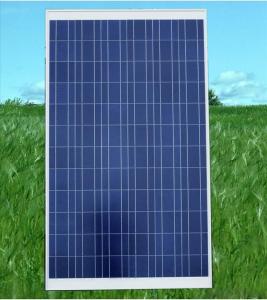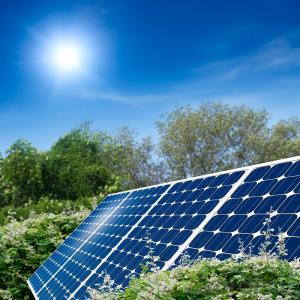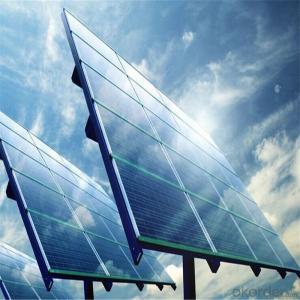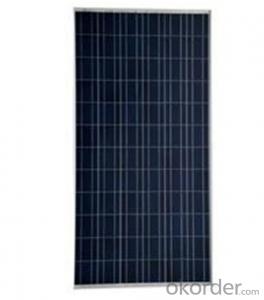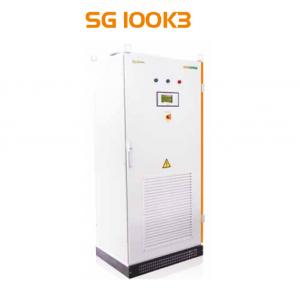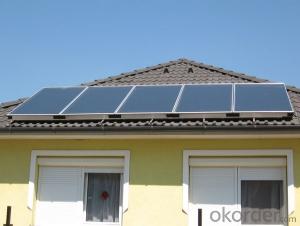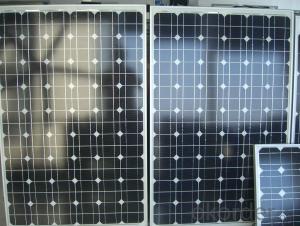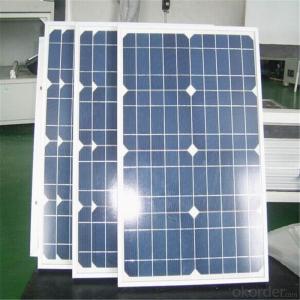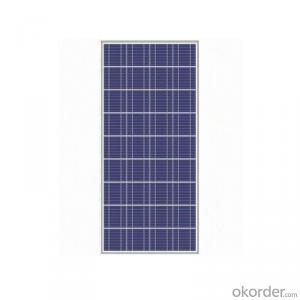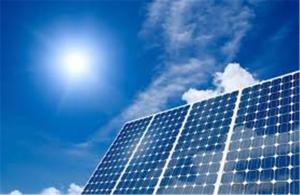Solar Panel 120v Inverter
Solar Panel 120v Inverter Related Searches
Solar 120v Inverter 120v Solar Inverter 12v Solar Panel Inverter 12 Volt Solar Panel Inverter Solar Panel Inverter 120/240 Volt Solar Inverter Solar Power Inverter 12v 12v Solar Power Inverter 12v Solar Inverter 12v To 120v Solar Inverter Inverter Solar Panel Solar Inverter Panel Panel Solar Inverter Solar Panels Inverter Solar Panel Solar Inverter 12 Volt Solar Inverter Power Inverter Solar Panel Solar Panel Inverter 220v Inverter On Solar Panel Home Solar Panel Inverter Solar Inverter Solar Panel Solar Panel To Inverter Solar Panel With Inverter Inverter With Solar Panel Power Inverter For Solar Panel Inverter Solar Panels Solar Inverter 240v Buy Solar Panel Inverter 100 Watt Solar Panel Inverter Solar Inverter 12kwSolar Panel 120v Inverter Supplier & Manufacturer from China
Solar Panel 120v Inverter is a crucial component in the solar energy system, designed to convert the direct current (DC) generated by solar panels into alternating current (AC) that can be used in homes and businesses. This inverter plays a vital role in ensuring that the electricity produced by solar panels can be effectively utilized, making it an essential part of any solar power setup.The application and usage scenarios of Solar Panel 120v Inverter are vast, as it is suitable for various residential, commercial, and industrial purposes. It can be used to power homes, businesses, and even off-grid applications such as camping and remote locations. This product enables users to harness the power of the sun, reducing their reliance on traditional energy sources and contributing to a more sustainable and eco-friendly lifestyle.
Okorder.com is a reputable wholesale supplier of Solar Panel 120v Inverter, boasting a large inventory of high-quality products. They offer competitive prices and reliable service, ensuring that customers can find the right inverter to meet their specific needs. By partnering with Okorder.com, customers can benefit from their extensive experience and expertise in the solar energy industry, making the process of selecting and purchasing a Solar Panel 120v Inverter a seamless and hassle-free experience.
Hot Products





